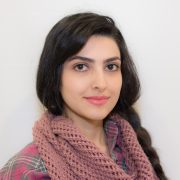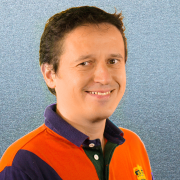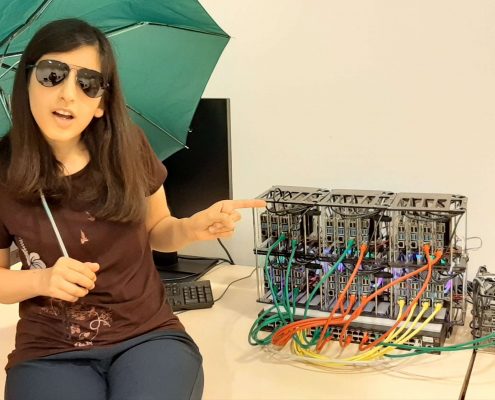Authors: Hadi Amirpour (Alpen-Adria-Universität Klagenfurt),Ekrem Çetinkaya (Alpen-Adria-Universität Klagenfurt), Christian Timmerer (Alpen-Adria-Universität Klagenfurt, Bitmovin), and Mohammad Ghanbari (School of Computer Science and Electronic Engineering, University of Essex, Colchester, UK)
Abstract: HTTP Adaptive Streaming (HAS) enables high quality stream-ing of video contents. In HAS, videos are divided into short intervalscalled segments, and each segment is encoded at various quality/bitratesto adapt to the available bandwidth. Multiple encodings of the same con-tent imposes high cost for video content providers. To reduce the time-complexity of encoding multiple representations, state-of-the-art methods typically encode the highest quality representation first and reusethe information gathered during its encoding to accelerate the encodingof the remaining representations. As encoding the highest quality rep-resentation requires the highest time-complexity compared to the lowerquality representations, it would be a bottleneck in parallel encoding scenarios and the overall time-complexity will be limited to the time-complexity of the highest quality representation. In this paper and toaddress this problem, we consider all representations from the highestto the lowest quality representation as a potential, single reference toaccelerate the encoding of the other, dependent representations. We for-mulate a set of encoding modes and assess their performance in terms ofBD-Rate and time-complexity, using both VMAF and PSNR as objec-tive metrics. Experimental results show that encoding a middle qualityrepresentation as a reference, can significantly reduce the maximum en-coding complexity and hence it is an efficient way of encoding multiplerepresentations in parallel. Based on this fact, a fast multirate encodingmethod is proposed which utilizes depth and prediction mode of a middle quality representation to accelerate the encoding of the dependentrepresentations.
The International MultiMedia Modeling Conference (MMM)
25-27 January 2021, Prague, Czech Republic
Link: https://mmm2021.cz
Keywords: HEVC, Video Encoding , Multirate Encoding , DASH










